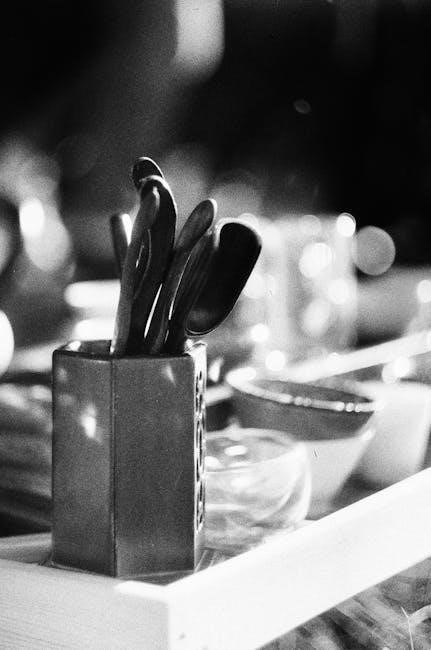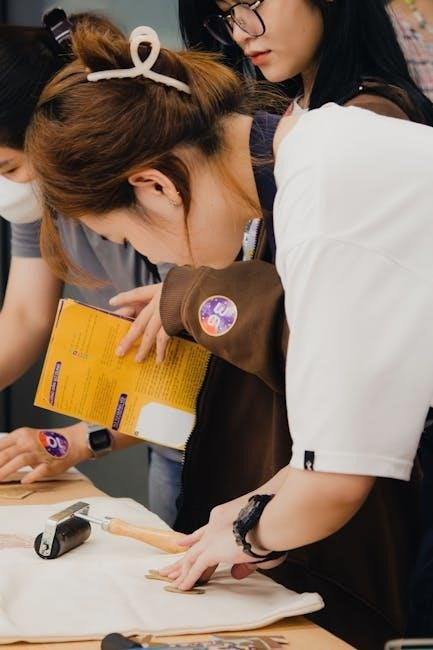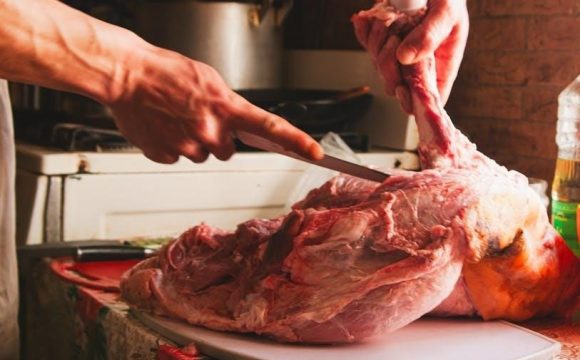POR-15 Metal Prep Instructions: A Comprehensive Guide
This guide provides a comprehensive overview of using POR-15 Metal Prep to achieve optimal adhesion for POR-15 Rust Preventive Coating. Following these instructions will ensure a durable, long-lasting finish on metal surfaces by etching the metal.
POR-15 is renowned for its rust preventive coatings, designed to permanently protect metal surfaces from corrosion. A crucial step in the POR-15 system is the application of POR-15 Metal Prep. This pre-paint treatment ensures the best possible adhesion of POR-15 coatings to metal, including aluminum, galvanized steel, and polished surfaces.
Metal Prep works by gently etching the metal, creating an ideal anchor pattern for the coating to bond. This etching process is essential for achieving a strong, durable finish that resists chipping, peeling, and rust creep. In addition to etching, Metal Prep leaves a zinc phosphate coating on the metal surface. This coating further enhances adhesion and provides an additional layer of corrosion protection.
POR-15’s system involves a three-step process: cleaning/degreasing, metal preparation, and coating with POR-15. Properly preparing the metal surface with Metal Prep is critical for the long-term performance of the POR-15 coating, ensuring a robust and lasting barrier against rust and corrosion. It is also important for welding conductivity.
Why Use POR-15 Metal Prep? Benefits and Advantages
POR-15 Metal Prep is essential for maximizing the adhesion and effectiveness of POR-15 Rust Preventive Coating. Its unique formulation offers several key benefits, making it a critical step in any rust prevention project. Firstly, Metal Prep etches the metal surface, creating a microscopic texture that provides an ideal anchor for the POR-15 coating. This etching process significantly enhances the mechanical bond between the coating and the metal, preventing peeling and chipping.
Secondly, POR-15 Metal Prep leaves a zinc phosphate coating on the metal. This coating not only promotes chemical bonding with the POR-15 coating but also provides an additional layer of corrosion protection. Zinc phosphate acts as a barrier, preventing rust from forming beneath the coating.
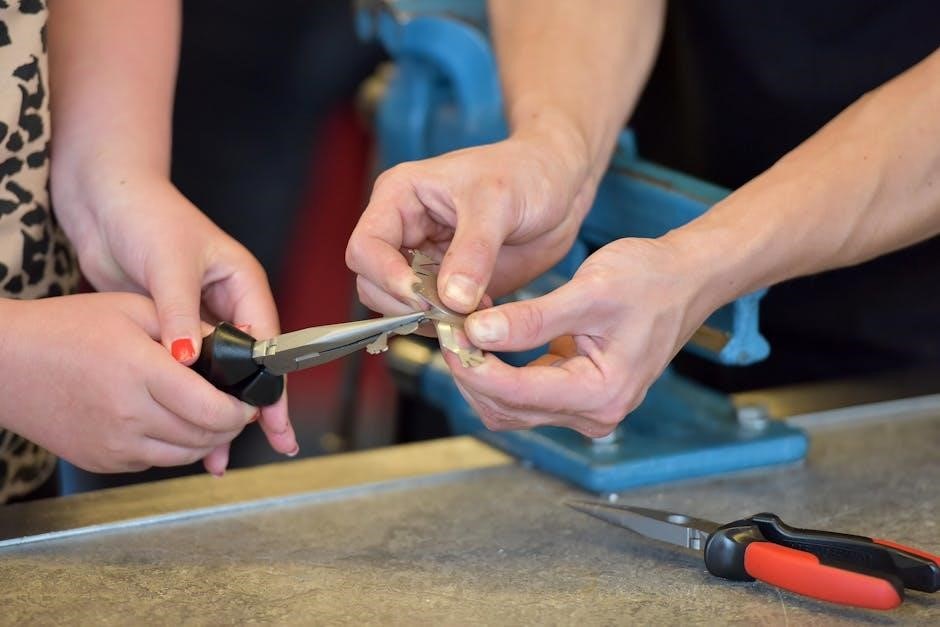
Thirdly, Metal Prep neutralizes any existing rust on the metal surface. This is crucial because residual rust can compromise the adhesion and effectiveness of any coating. By converting rust into a stable compound, Metal Prep ensures a clean, corrosion-free base for the POR-15 coating. It removes rust, etches metal, and coats it with zinc phosphate for better adhesion.
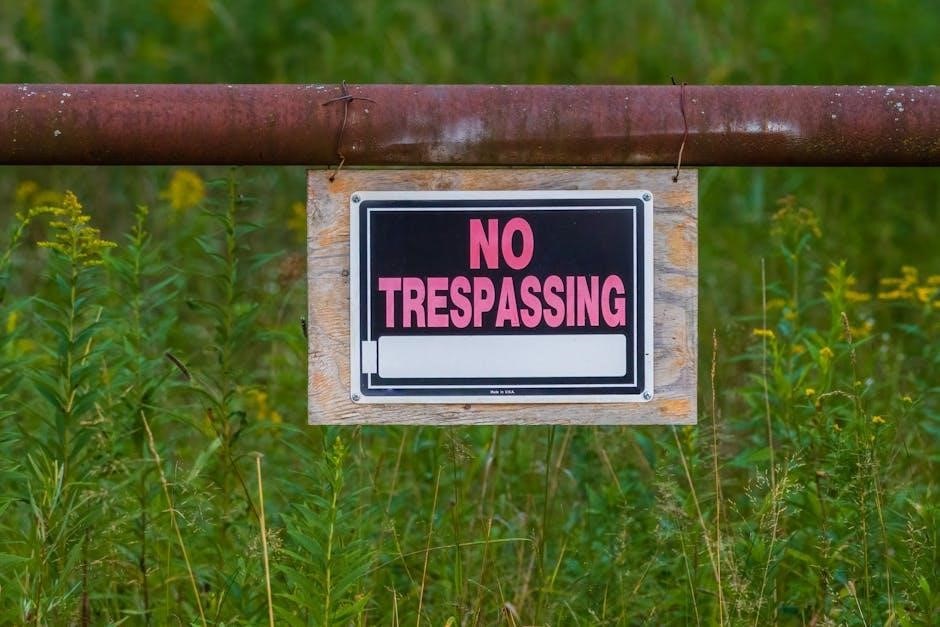
Step 1: Surface Preparation ⎯ Cleaning and Degreasing
Before applying POR-15 Metal Prep, proper surface preparation is paramount for ensuring optimal adhesion and long-lasting results. The first crucial step involves thoroughly cleaning and degreasing the metal surface. Any dirt, grease, oil, or contaminants present on the surface can interfere with the etching process and hinder the bonding of the POR-15 coating;
Begin by removing any loose rust, scale, or paint using a wire brush, scraper, or sandpaper. For heavy rust or scale, consider using a more aggressive method such as sandblasting. Once the loose debris is removed, use a high-quality cleaner/degreaser, such as POR-15 Marine Clean (Cleaner Degreaser), to thoroughly clean the metal surface. Apply the cleaner according to the manufacturer’s instructions, ensuring that all grease and oil are completely removed.
Rinse the surface thoroughly with clean water to remove any residual cleaner. It’s crucial to avoid solvent-based cleaners, as they can leave harmful residues that prevent proper adhesion. Allow the surface to dry completely before proceeding to the next step. A clean, dry, and degreased surface is the foundation for a successful POR-15 application.
Step 2: Application of POR-15 Metal Prep
With the surface properly cleaned and degreased, you’re now ready to apply POR-15 Metal Prep. This step is crucial for etching the metal surface and creating an ideal anchor pattern for the POR-15 Rust Preventive Coating. POR-15 Metal Prep simultaneously leaves a zinc phosphate coating, ensuring a strong chemical bond between the paint and the metal.
Before application, ensure you’re wearing appropriate protective gear, including gloves and eye protection. POR-15 Metal Prep is an acidic solution, and contact with skin or eyes should be avoided. There are several methods for applying POR-15 Metal Prep, including brushing, spraying, or dipping, each offering its advantages depending on the size and complexity of the workpiece. Select the method that best suits your project.
Apply a liberal amount of POR-15 Metal Prep to the prepared metal surface, ensuring complete coverage. The goal is to keep the surface wet with Metal Prep for a specified period, typically around 15-20 minutes, to allow for proper etching and zinc phosphate coating. Avoid allowing the Metal Prep to dry on the surface during this time. Monitor the surface and reapply Metal Prep as needed to maintain a wet film.
Metal Prep Application Methods: Brush, Spray, or Dip
When applying POR-15 Metal Prep, you have several options: brushing, spraying, or dipping. The best method depends on the size, shape, and complexity of the metal object you’re treating. Brushing is suitable for smaller areas and intricate details, providing precise control over the application. Use a non-metallic brush to avoid contamination. Apply Metal Prep liberally, ensuring even coverage.
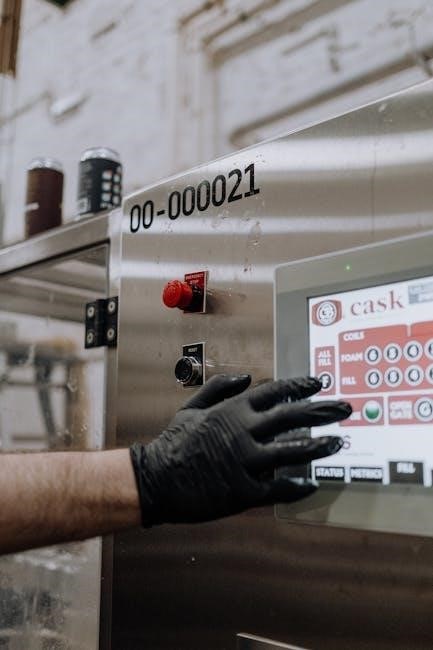
Spraying is ideal for larger, flatter surfaces, offering faster and more uniform coverage. Use a plastic spray bottle to avoid reactions with the Metal Prep. Adjust the nozzle for a fine mist and apply multiple light coats to maintain a wet surface without causing runs or drips. Ensure adequate ventilation when spraying.
Dipping is the most efficient method for small parts or objects with complex shapes. Submerge the item completely in Metal Prep for the recommended time, ensuring all surfaces are treated. Use a plastic container to avoid reactions. Agitate the part occasionally to remove air bubbles and ensure even etching. Remove the item and allow excess Metal Prep to drain off.
How Long to Keep the Surface Wet with Metal Prep
Maintaining a wet surface during POR-15 Metal Prep application is crucial for proper etching and zinc phosphate coating. The recommended time to keep the surface wet is typically 15-20 minutes, but this can vary depending on ambient temperature and humidity. Warmer temperatures and lower humidity may require shorter wet times, while cooler temperatures and higher humidity may necessitate longer durations.
Regularly check the surface to ensure it remains consistently wet. If the Metal Prep begins to dry, reapply it to maintain a continuous film. Avoid allowing the Metal Prep to dry completely on the surface, as this can leave undesirable residues that hinder POR-15 adhesion. For larger projects, work in sections to manage wet time effectively.
After the specified wet time, proceed to rinse the surface thoroughly with water. Proper wet time ensures optimal etching and the formation of a zinc phosphate layer, promoting a strong and durable bond with the POR-15 Rust Preventive Coating. This step is essential for long-term rust protection.
Rinsing and Drying After Metal Prep Application
Following the appropriate wet time with POR-15 Metal Prep, thorough rinsing is paramount. Use clean water to completely remove any residual Metal Prep from the treated surface. Ensure all traces of the solution are gone, paying close attention to crevices and hard-to-reach areas. Insufficient rinsing can compromise POR-15 adhesion and long-term rust prevention.
After rinsing, the drying process is equally important. The metal surface must be completely dry before applying POR-15 Rust Preventive Coating. Use clean, lint-free cloths or compressed air to expedite the drying process. Avoid using heat, as this can cause flash rust. Ensure no moisture remains in any seams or pockets. A completely dry surface is essential for optimal POR-15 bonding.
Once dry, proceed with applying POR-15 according to the manufacturer’s instructions. This meticulous rinsing and drying process ensures the best possible foundation for the rust preventive coating, maximizing its effectiveness and longevity. Skipping or rushing these steps can lead to premature failure of the coating system.
What to Do If Metal Prep Dries on the Surface
Accidentally allowing POR-15 Metal Prep to dry on the surface is a common concern, but it’s often recoverable. If you discover dried Metal Prep, don’t panic. The first step is to re-wet the affected area thoroughly with more Metal Prep. This will help reactivate the solution and loosen the dried residue.
After re-wetting, scrub the surface with a Scotch-Brite pad or a similar non-abrasive scouring pad to remove the loosened residue. Pay close attention to ensure all dried material is dislodged. Once scrubbed, rinse the surface thoroughly with clean water to remove any remaining Metal Prep and dislodged residue.
Inspect the surface carefully after rinsing. If any residue persists, repeat the re-wetting, scrubbing, and rinsing process. The goal is to remove all traces of the dried Metal Prep to ensure proper adhesion of the POR-15 Rust Preventive Coating. Once you are confident that the surface is clean and free of residue, allow it to dry completely before proceeding with the POR-15 application. If uncertain, it is always better to repeat the cleaning process.
Applying POR-15 Rust Preventive Coating After Metal Prep
Following the Metal Prep application, the timing and technique of applying POR-15 Rust Preventive Coating are crucial for optimal results. Ensure the surface is completely dry before proceeding. Any moisture can compromise the adhesion and effectiveness of the POR-15 coating.
Stir the POR-15 Rust Preventive Coating thoroughly before use, but avoid shaking, as this can introduce air bubbles. Apply the POR-15 in thin, even coats using a high-quality brush, roller, or sprayer. Multiple thin coats are preferable to one thick coat, as they promote better adhesion and prevent runs or drips. Allow each coat to dry to the touch before applying the next.
For maximum protection, apply at least two coats of POR-15. Pay close attention to edges, corners, and welds, as these areas are particularly susceptible to rust. If the POR-15 will be exposed to direct sunlight, consider applying a topcoat that is UV resistant, as POR-15 is not UV stable. Apply the topcoat while the final coat of POR-15 is still slightly tacky for optimal adhesion.
Safety Precautions and Best Practices When Using POR-15 Metal Prep
When working with POR-15 Metal Prep, prioritizing safety is paramount. Always work in a well-ventilated area to avoid inhaling fumes. Wear appropriate personal protective equipment (PPE), including gloves, eye protection (goggles or a face shield), and a respirator if ventilation is limited. This will prevent skin and eye irritation, as well as respiratory issues.
Avoid contact with skin and eyes. If contact occurs, flush immediately with plenty of water and seek medical attention. Keep POR-15 Metal Prep out of reach of children and pets. Store the product in a cool, dry place away from heat, sparks, and open flames. Dispose of used Metal Prep and contaminated materials properly, following local regulations for chemical waste disposal.
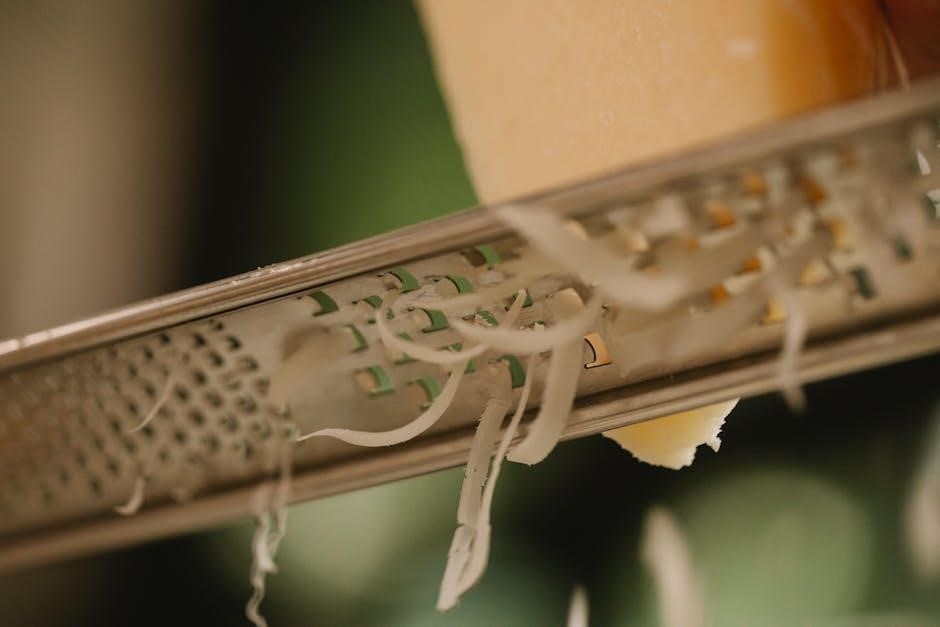
When applying Metal Prep, avoid spraying in windy conditions to prevent overspray. Clean up any spills immediately with water and a suitable absorbent material. Never mix Metal Prep with other chemicals, as dangerous reactions may occur. By adhering to these safety precautions and best practices, you can ensure a safe and effective application of POR-15 Metal Prep.
